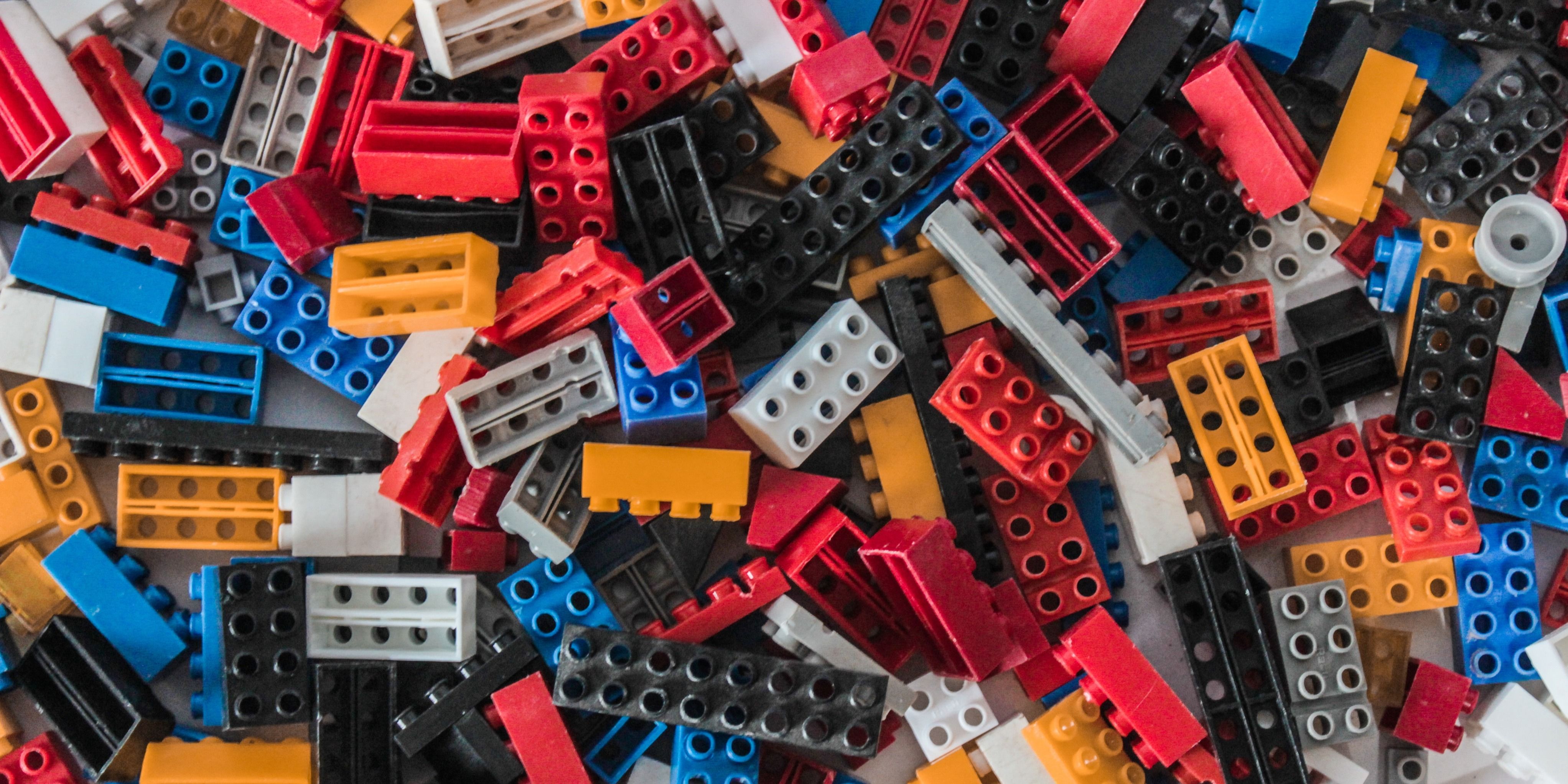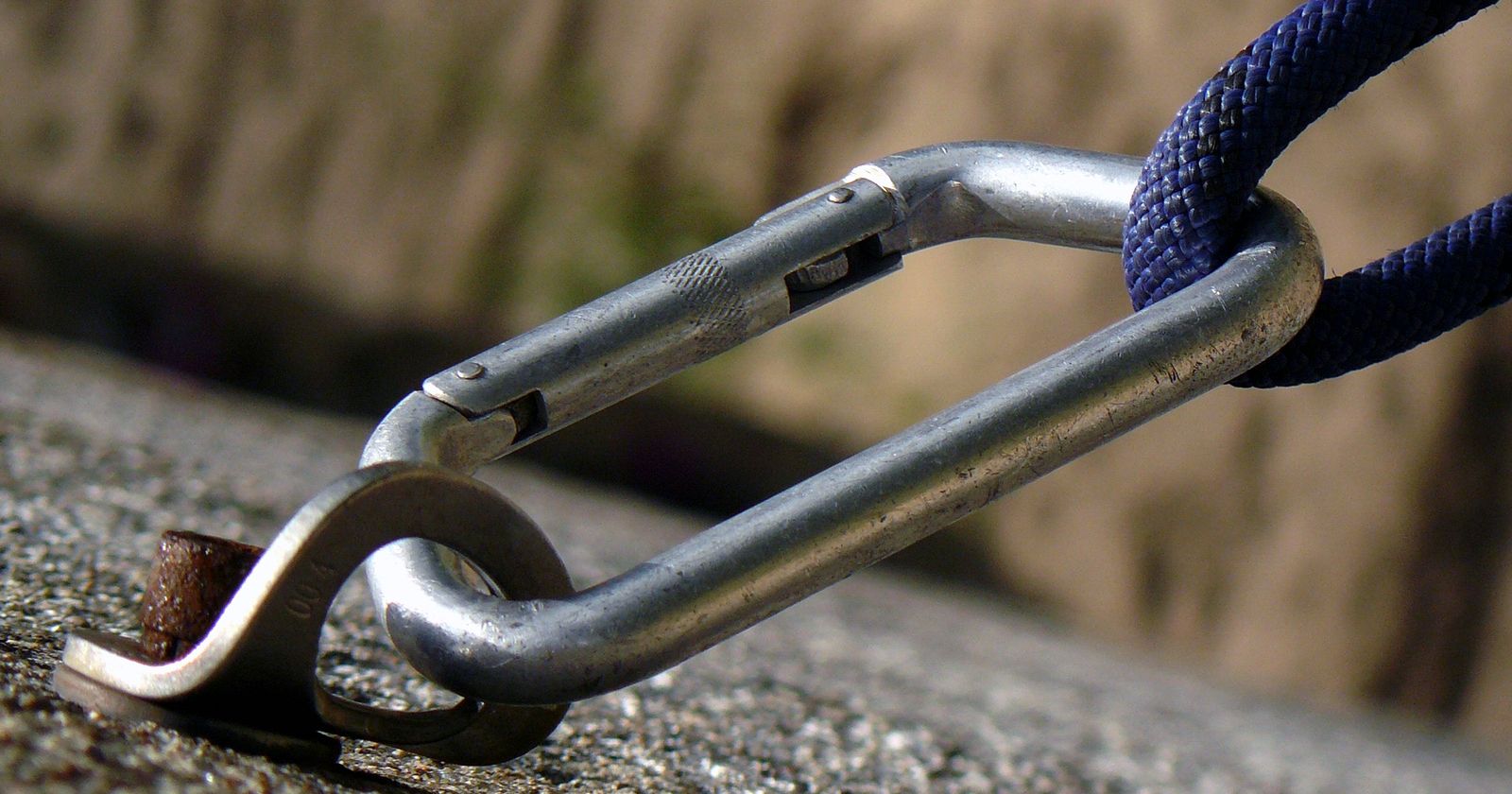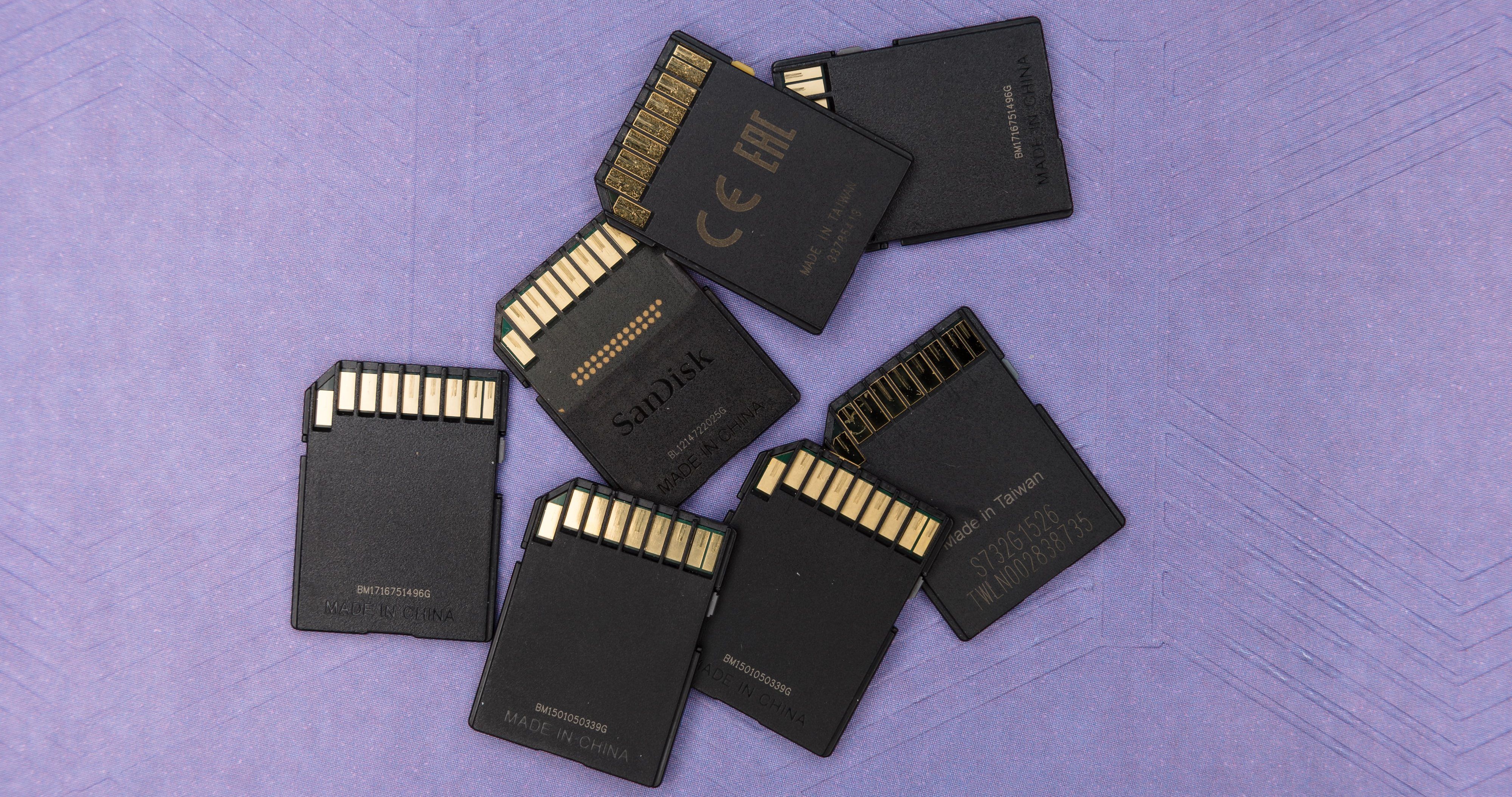Servers are computers that host services such as email, websites, and file transfer. They are crucial components that support the World Wide Web and the world itself. But as important as they are, you might be surprised that server components often aren’t much more powerful than your regular desktop computer. In fact, many server components use the same technology as your typical consumer-grade components.
So, what exactly differentiates server components from desktop components? And why are they so much more expensive when they use the same tech and have similar rated performance?
Here are X reasons why:
1 1. Modularity and Accessibility
Although it may not be as crucial in desktop computers, having a completely modular system with high levels of component accessibility is an important feature that every server must have.
Servers need to be modular systems because many companies have different requirements in terms of hardware. While some may only need a server with identical specs as your regular PC, some may need a crazy beefed-up server with a dozen processors, terabytes of RAM, a hundred memory drives, and tons of high-powered fans.
To make the installation and maintenance of these modular components easier, servers often use racks to keep the components in place. These racks also have different sizes in terms of width and height and whether they have open or enclosed frames.
With racks and modular components, servers can provide some level of future-proofing for high-scaling businesses that may need continuous upgrades as they grow bigger.
2 2. Reliability
Servers are often tasked with storing important data for various services. One glitch or error from the server could lead to medical records disappearing, bank logs resetting, or your gaming account getting deleted.
With servers dealing with mission-critical data, they need reliable hardware components with backup and error-checking capabilities. As a result, servers often use a Redundant Array of Independent Disk (RAID) storage system and Error Correction Code (ECC) memory to ensure that data is safe during the processing and storing of data.
3 3. Redundancy
Since servers are meant to run 24/7 for years, certain parts may need to be replaced when damaged and upgraded when necessary. Therefore, seamlessly changing parts during operation is an important functionality that servers must have.
Hot-swapping components is only possible if a system has some redundancies in its components. And to have redundant components, the motherboard has to be designed to support multiple components, and the components themselves must be able to handle working as a group. Everything that a server needs to operate needs to have some redundancies. Even power is provided redundancies through an automatic backup power system—which itself may even have a backup of its own.
4 4. Durability
For servers to continue operating for years without stopping and breaking down, they need to utilize durable components. Durability in components tightly relates to a server’s reliability. Even with redundancies and error correction systems in place, durable components ensure slower wear and tear, lessening the probability of errors in the long run.
And with servers running hot, loud, and full of vibrations, components need to be much more durable than your regular desktop PC. Server-grade components are often over-engineered to handle certain environmental factors that may cause damage to the hardware.
5 5. Workload Optimization
While desktop PCs are designed to be general computers built for gaming, browsing the internet, watching videos, and doing various productivity tasks, servers are built to host specific applications or functionalities. And although server and desktop processors may indeed be running on the same clock speeds, server processors have much more physical cores than regular PC processors—and for good reasons.
Since servers often use hypervisors to virtualize machines to host various functionalities such as email, file transfer, web server, and database, having more physical cores to assign to each of these applications makes more efficient use of the server processor.
Server motherboards are also specialized to handle bigger-sized CPUs such as Intel’s Xeon and AMD’s Epyc processors. Aside from handling bigger CPUs, these motherboards are also designed to have several CPU sockets, dozens of RAM slots, and many expansion slots.
6 6. Support
With newer server components getting more and more complex to install and configure, having technical support from the manufacturers is important. The company that manufactures these components may even send their technicians to install and configure their products to the server. Server components also have more robust warranties should their products fail and need repair, replacement, or troubleshooting.
7 7. Proprietary Parts and R&D
Although some server components are made from the same assembly line as desktop PC parts, many are made in more specialized facilities. And with many manufacturers wanting brand loyalty from their customers, they started designing proprietary parts specially built and required for their other products. Of course, the research and development for these designs add extra costs to the final released products.
Examples of proprietary server-grade components include motherboards, CPUs, memory, and storage controllers.
This makes server components more expensive because you’ll need to purchase other proprietary parts from the same manufacturer to make them work as a system. What makes them even more expensive is that many of these parts also require proprietary software in case you need to tweak and monitor their performance. Although some desktop-grade manufacturers enforce proprietary parts, they are less common when compared to server components.
8 Server Parts Are Built Different
Server-grade components are some of the most robust pieces of computer hardware. Although many of them may have similar specs to your regular desktop PC components, server hardware is built different. The price of server components are expensive because you are not only paying for their performance but also for their ability to work 24/7 for years without failing.
Typical servers can often go from £5,000-20,000—and that’s okay. But, as a regular consumer, you actually benefit from this as it ensures that the servers are spared no expense to provide you with the best experience when browsing online and managing your online accounts.
And if you personally want your own server, you can find used server parts online and get them for relatively cheap prices since companies are always upgrading and reselling their old ones. You can even build your home server with regular computer parts, or if you’re really low on funds, you can even build one with a Raspberry Pi!





